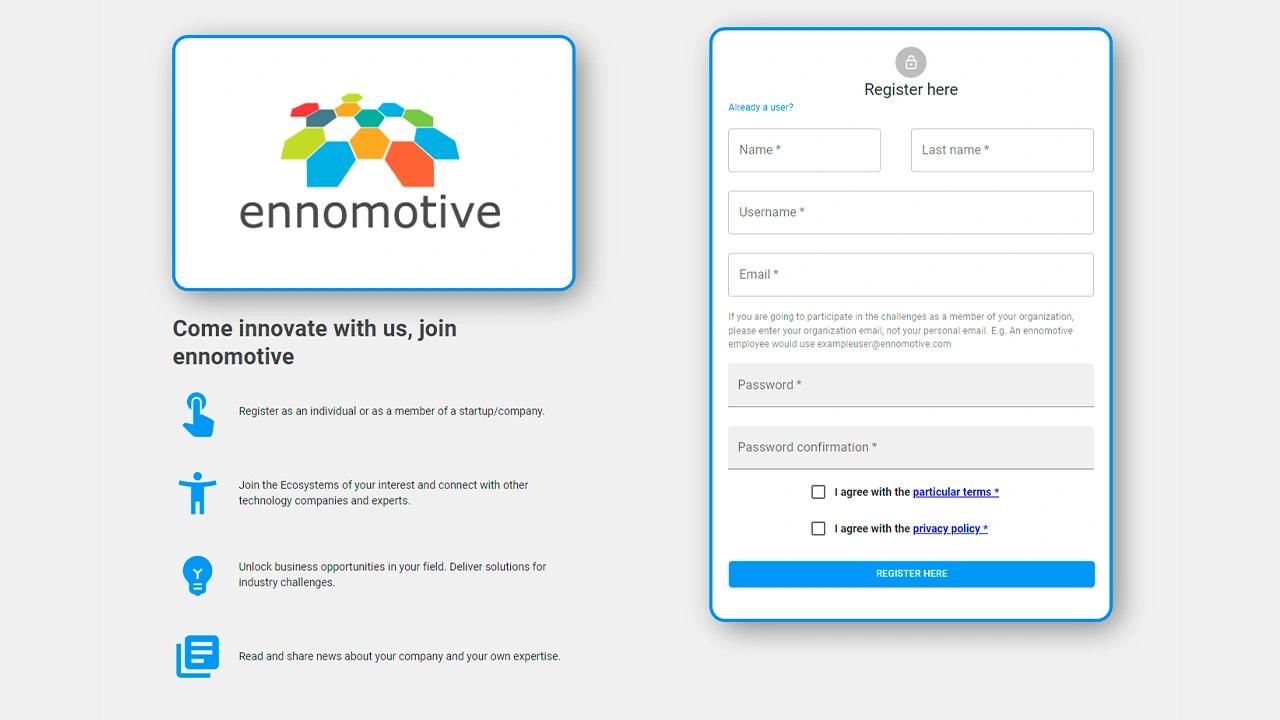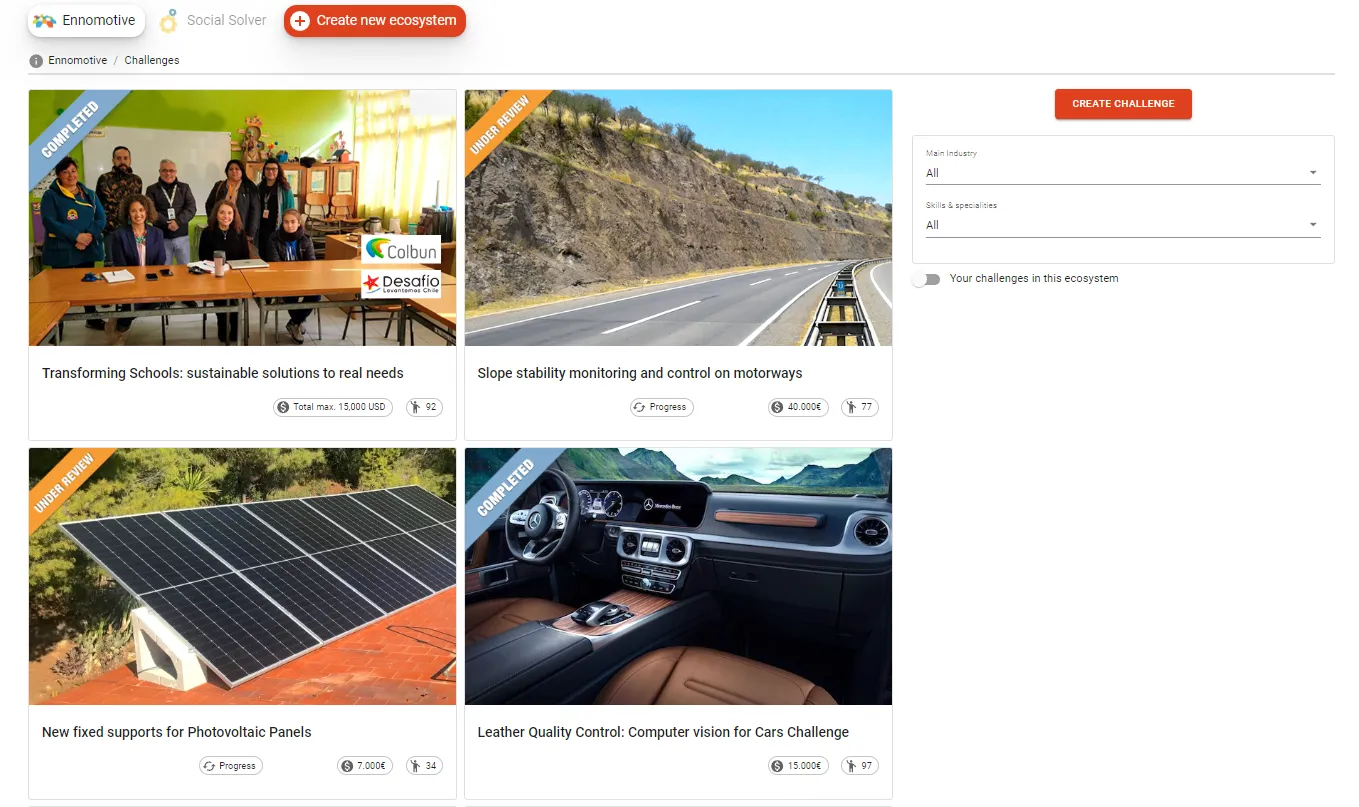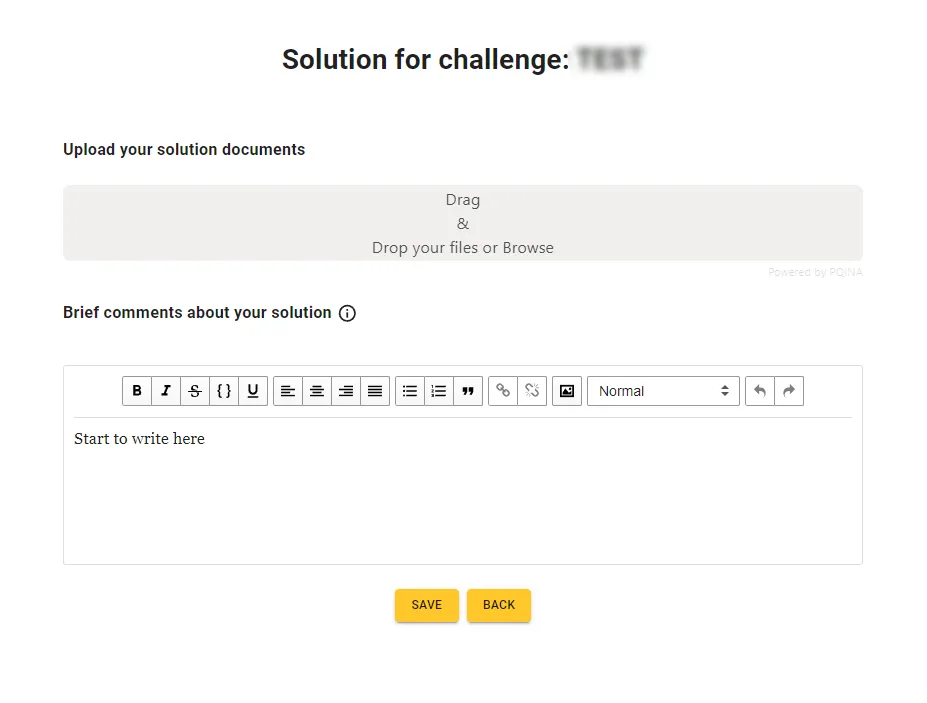Background
Ayuda en Acción in México has been working since 1996 to reduce the vulnerability of the people in different states of the Mexican Republic, promoting strategic lines that enable the link between different stakeholders to improve the people’s quality of life, one of them being the adaptation to climate change from the homes and local entrepreneurship.
Oaxaca is the state with greater biodiversity in the country, and Chacahua National Park in Oaxaca (15°57'44" y 16°02'22" latitude north, y 97°32'18" y 97°47'15" longitude west) was declared Ramsar site in 2008, since it is one of the most internationally important wetlands, and is the home of a wide range of flora and fauna.
In recent decades, the land area originally covered by wetlands has diminished, with the subsequent loss of flora and fauna, some of which is endemic. This is getting worse due to the pollution of soil and water.
This town, Villa de Tututepec, is officially considered to be very highly marginalized, with 43.3% of its inhabitants (of Afromexican, Zapotec, and Mixtec origins) suffering from extreme poverty. On top of this, the population does not have enough information about the relevance of preserving biodiversity and the services of the ecosystems, although there is an interest for the preservation of the biodiversity of the land to adapt to climate change.
Since 2015, in collaboration with a local organization, we have pushed strategic actions for the land linked to the preservation of the environment and the dynamization of the local economies, with the strengthening of organized groups for sustainable actions, articulated with groups from the Red Comunitaria Lagunas de Chacahua (Chacahua Lakes Community Network).
Plastic in the ocean: The challenge
At the Chacahua National park, several communities that live on the banks of the local rivers do not have access to a public service for solid waste collection, and taking them by themselves to authorized landfills has very high associated costs that cannot be met. Consequently, they are used to throw the waste in the river or to burn it next to their homes.
Both practices, in homes and in businesses, are highly polluting and harmful for their health and accelerates the degradation of the ecosystems, putting biodiversity at risk and the existence of the wetlands. Besides, it pollutes the ocean with plastics that directly kill sea animals that eat it or get trapped in them and, indirectly, kill other species like birds.
What solution we are looking for
The goal of the plastic in the ocean challenge is to develop and implement the following solution:
- An energy-efficient waste collection, separation, and transportation water system to contribute to the reduction of the pollutants spilled in the Chacahua lake.
- A reduction system for polluting practices through a correct waste management with the waste separation and collection that helps ease the insufficient current infrastructure of the area.
With the implementation of these strategic actions and the collaboration of the community, small companies could be created to provide those services or collaborate with them, either in their installation, usage, or maintenance.
Besides, the environment conditions would improve and tourism could be promoted in this area, as well as the creation of local startups around this activity.
Complementarily, a program will be developed for the articulation and training for the preservation of the environment, as well as for the strengthening of the capacities for a correct management of the collection system for plastic in the ocean.
Evaluation criteria
- Adapted and viable system in the environment of the project.
- Regarding waste management, valid both for homes and small companies.
- Lowest possible cost.
- Easy to acquire and simple associated logistics.
- Easy to implement and use.
- Lowest possible maintenance, and simple (sustainable with local resources)
Timeline
1 round - 6 weeks for submission + 5 weeks for evaluation
Award:
Visibility and recognition for the winner of the Plastic in the Ocean Challenge through digital media both in Social Solver and AeA and ennomotive, and also through social media (Facebook, Twitter, Instagram and Linkedin).
5,000 € to participate in the onsite implementation round, either for travel expenses or for donations. The winner will decide.



